
Should I Take My Dog On Our Roadtrip?
It’s my birthday this week and I’ve always been a firm believer that I should take the whole week and tell everyone about it–why would

It’s my birthday this week and I’ve always been a firm believer that I should take the whole week and tell everyone about it–why would
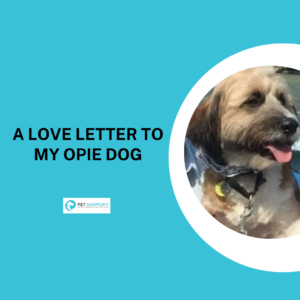
Author’s note: Though this sounds like a memoir, Opie is alive and healthy… I just super duper love him and want to write him a
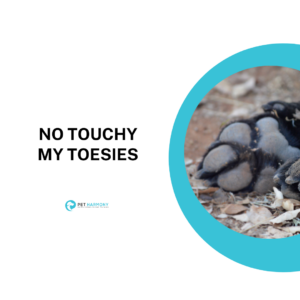
As I sit here at my dining room table getting ready to write this blog my eyes shift up to the front window to see
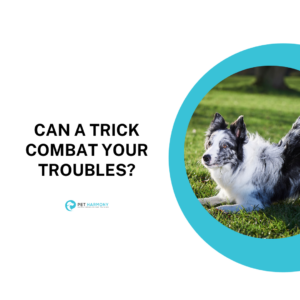
Happy holiday season! With Thanksgiving and other autumnal holidays having just passed, the warm fuzzies of delicious foods and family time have probably faded and
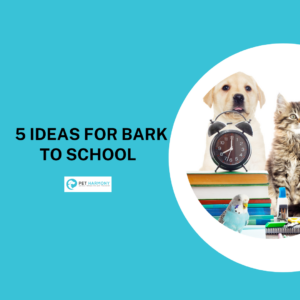
It’s back to school time, which means that routines are changing, schedules are getting denser, and dogs are adjusting to a change of pace. Whether

Three years ago, I was preparing our pup Opie for our first child to arrive in June 2020. If you do the math you’ll notice
Let me get right to the point. I never give my dog people food. Why? Because people food doesn’t actually exist. There are consumables and
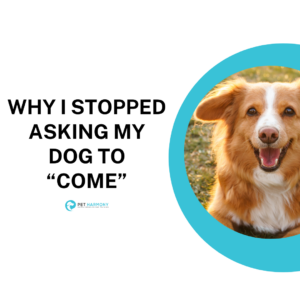
If you prefer to listen to this blog post, click here. We say we want to provide our dogs agency. We say we want
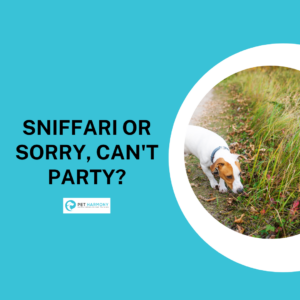
If you prefer to listen to this blog post, click here. Why are we taking our dogs on a walk? Physical exercise? Mental stimulation?
If you prefer to listen to this blog post, click here. I need to be honest. We hit the rescue roulette jackpot when Opie
